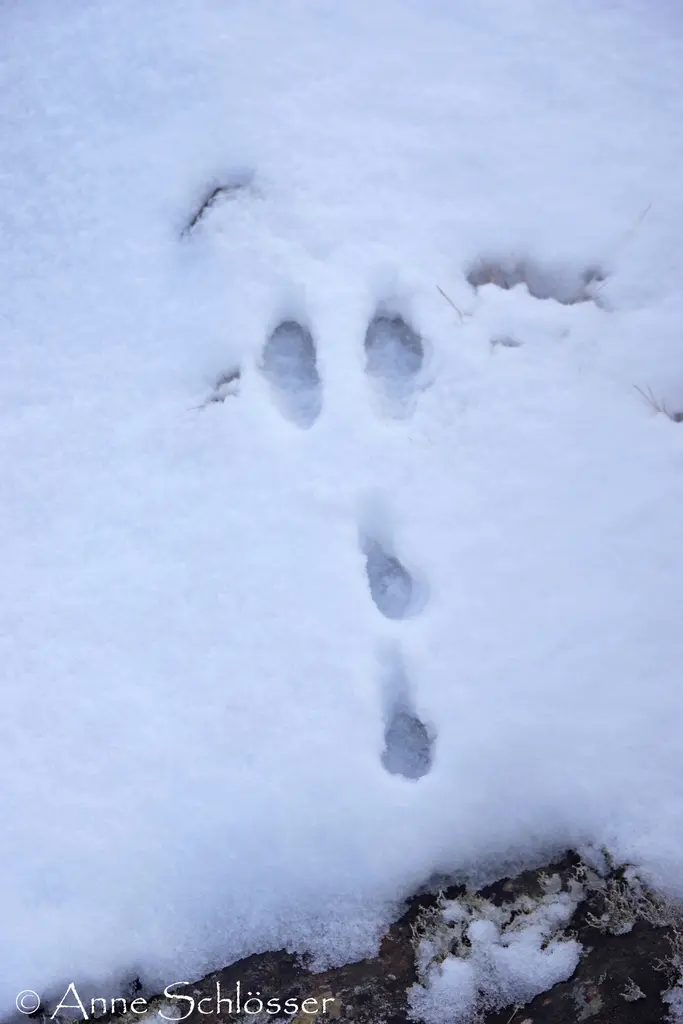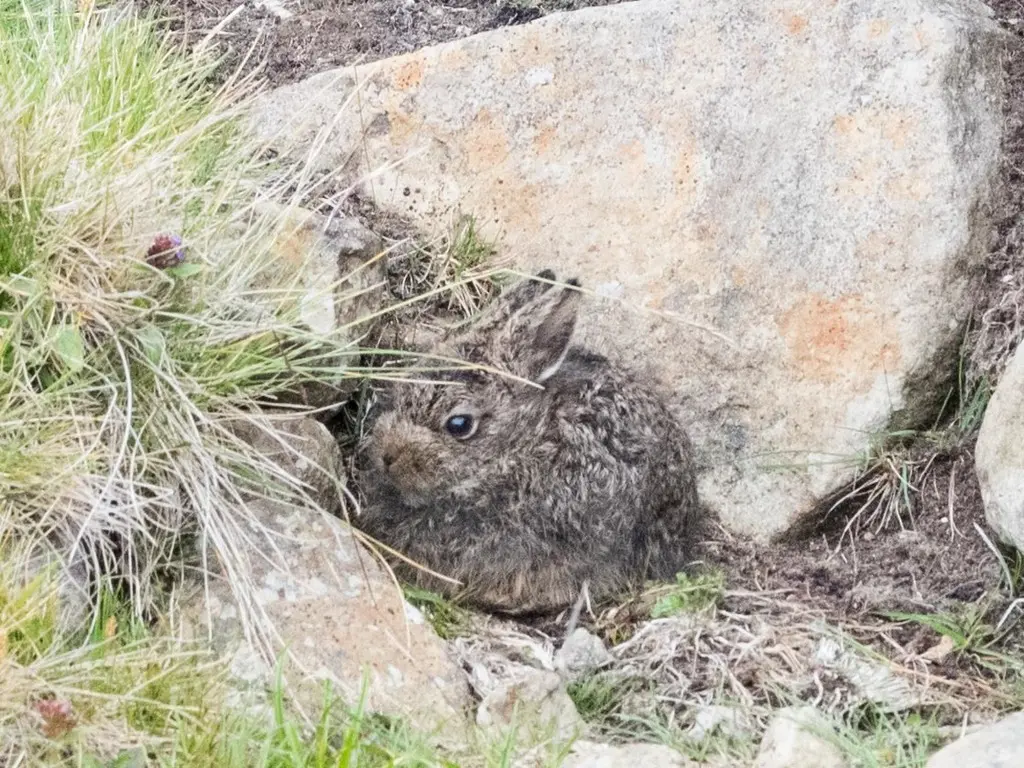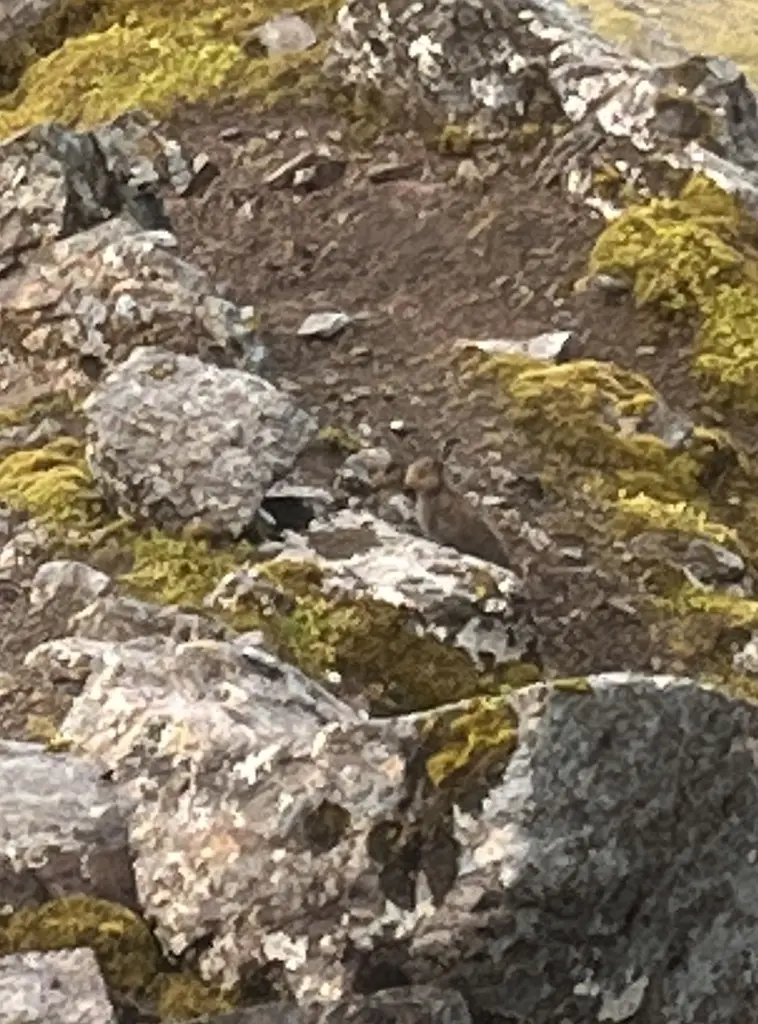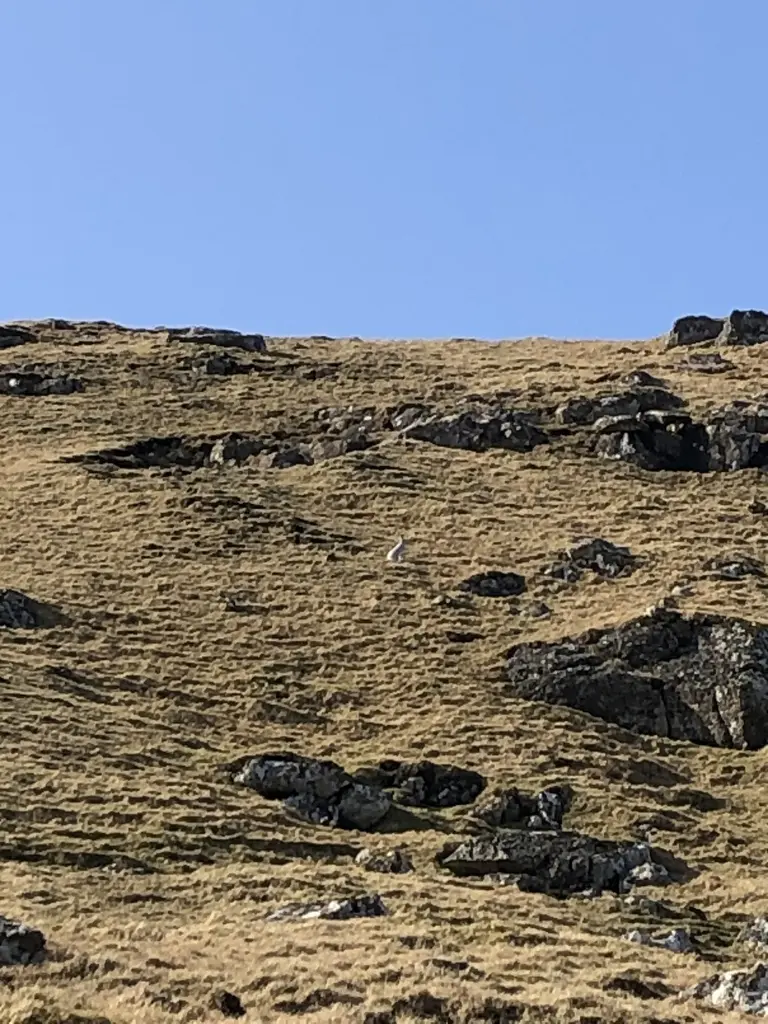|
| Common Hunting Fishing Mushrooming Foraging |
|
Lepus timidus |
https://en.wikipedia.org/wiki/Lepus_timidus_hibernicus
August: Preparing for autumn. Hares begin to gain weight to survive the cold conditions.
Safe for humans. May show aggression during rutting season. Hunting Arctic hare is traditionally common in Arctic regions. Used in culture and daily life of northern peoples. Fur is used for making clothing and accessories.
Adapted to harsh Arctic climate. Has dense white fur for camouflage in snow. Fast and cautious, active around the clock.
Stalking hunting Hunting with firearms Traps and snares in Arctic regions
Active at any time of day, especially in the morning. Prefers Arctic tundras and shrublands. Has thick fur well adapted to cold.
Carefully skin to preserve fur for possible use. Remove entrails immediately after harvest. Cool meat quickly in cold conditions. Meat is safe when properly cooked. Possible parasites if eaten raw.
Carcass: Stewing, boiling, frying
Hind legs: Frying, roasting
Liver: Fried with onions
Hind legs: Frying, roasting
Liver: Fried with onions
Braised Arctic Hare with Roots and Herbs (Braising)
Uses roots of Arctic plants
Uses roots of Arctic plants
1. Brown meat until golden.
2. Add roots and Arctic herbs.
3. Braise on low heat for 1.5-2 hours.
4. Serve with mashed potatoes or cranberry sauce.
2. Add roots and Arctic herbs.
3. Braise on low heat for 1.5-2 hours.
4. Serve with mashed potatoes or cranberry sauce.
Roasted Arctic Hare with Berries and Honey (Roasting)
Marinated with northern berries and honey
Marinated with northern berries and honey
1. Marinate meat in berry and honey mixture for 3 hours.
2. Roast at 180°C (350°F) for about 1 hour.
3. Serve with stewed cabbage or vegetables.
2. Roast at 180°C (350°F) for about 1 hour.
3. Serve with stewed cabbage or vegetables.
Fried Arctic Hare Stew with Onion and Garlic (Frying)
Simple and quick preparation
Simple and quick preparation
1. Cut meat and fry with onion and garlic.
2. Fry until golden brown.
3. Season with salt and pepper to taste.
2. Fry until golden brown.
3. Season with salt and pepper to taste.
 Faroe Islands · Sandoyar · Sand
Faroe Islands · Sandoyar · Sand


